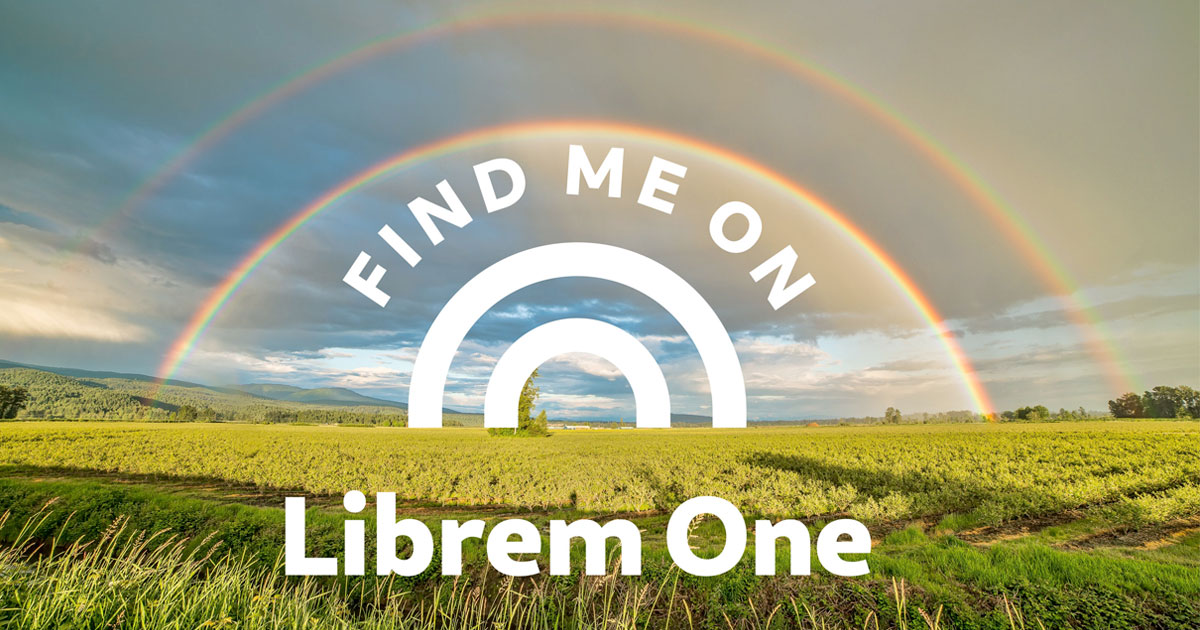“As you (…) see, it also pulled the (…) brightness way (…) down, so much so that it’s difficult to even compare it to the other samples (…). I’m sure you could dial this out before exporting, but having such a massive gulf in the results compared to the other offerings doesn’t really inspire confidence or trust.”
Seems to me the author doesn’t understand #Darktable or realize it really only demozaics the photo and doesn’t force any more complex processing automatically…
https://petapixel.com/2024/08/20/how-does-your-raw-processing-software-affect-your-images/
@silmeth darktable does much more than just demozaicing by default, but yeah, sentences like "it’s the one that should give the truest representation of what came out of the camera" do not inspire confidence or trust that the author has the slightest idea of what they're talking about 😛
@dos Well, what it does by default also really depends on your settings (it’ll set initial white balance before demozaicking, but will it then read scene data from EXIF and set default color calibration after demozaic? depends, and you can turn it off), and it’s also not clear to me what “defaults” the author used. :P
@silmeth Aside of white balance and color calibration, darktable may also apply exposure compensation, highlight recovery and filmic curve by default. But yeah, it's just a very basic processing, "starting point" if you will. It's clear from the photos that other applications did more with it.
@silmeth It's 0.7 plus whatever the metadata defines (which is often 0, but still). Nothing "automatic" indeed.

@dos True (though again, all of those steps optional, possible to turn off – though I don’t expect the author to have done it), and the default exposure compensation is AFAIK also just flat constant +0.7 stop compensation (clearly visible in the exposure module), and not automatic right exposure level guessing (which again, I’ve a feeling some of those other programs might do – but 🤷).